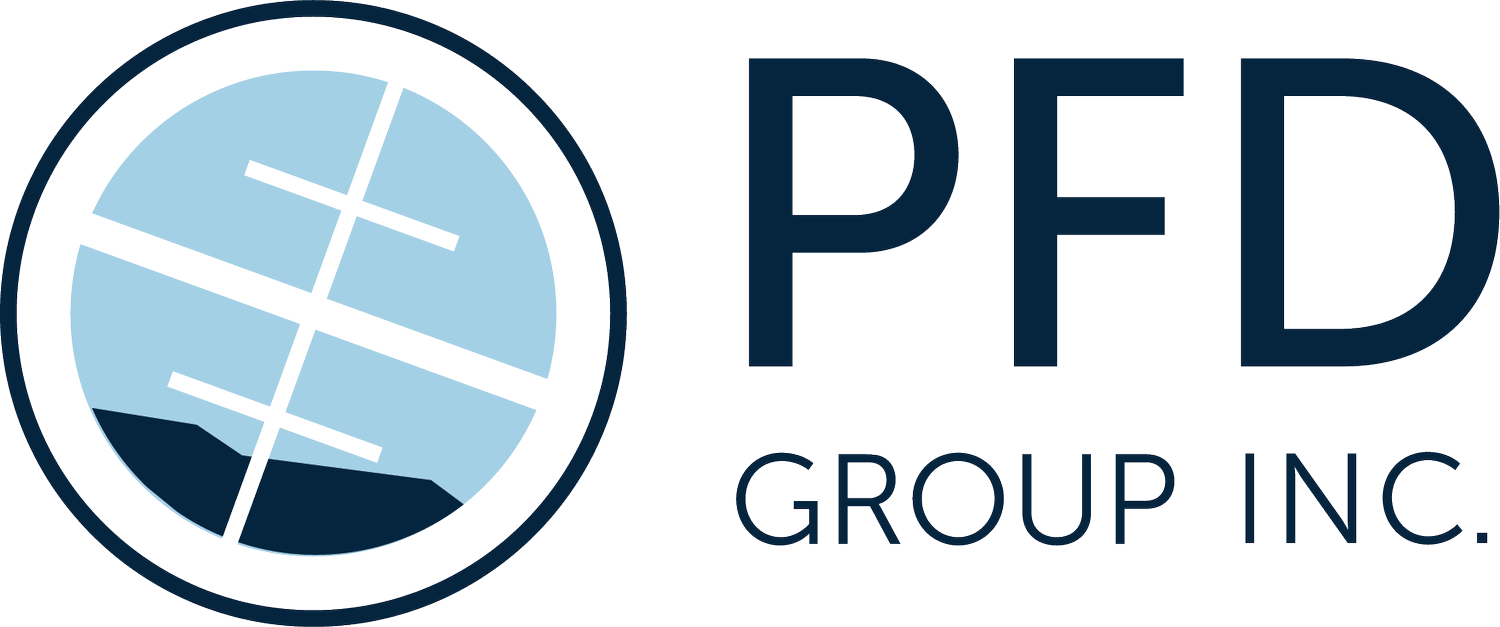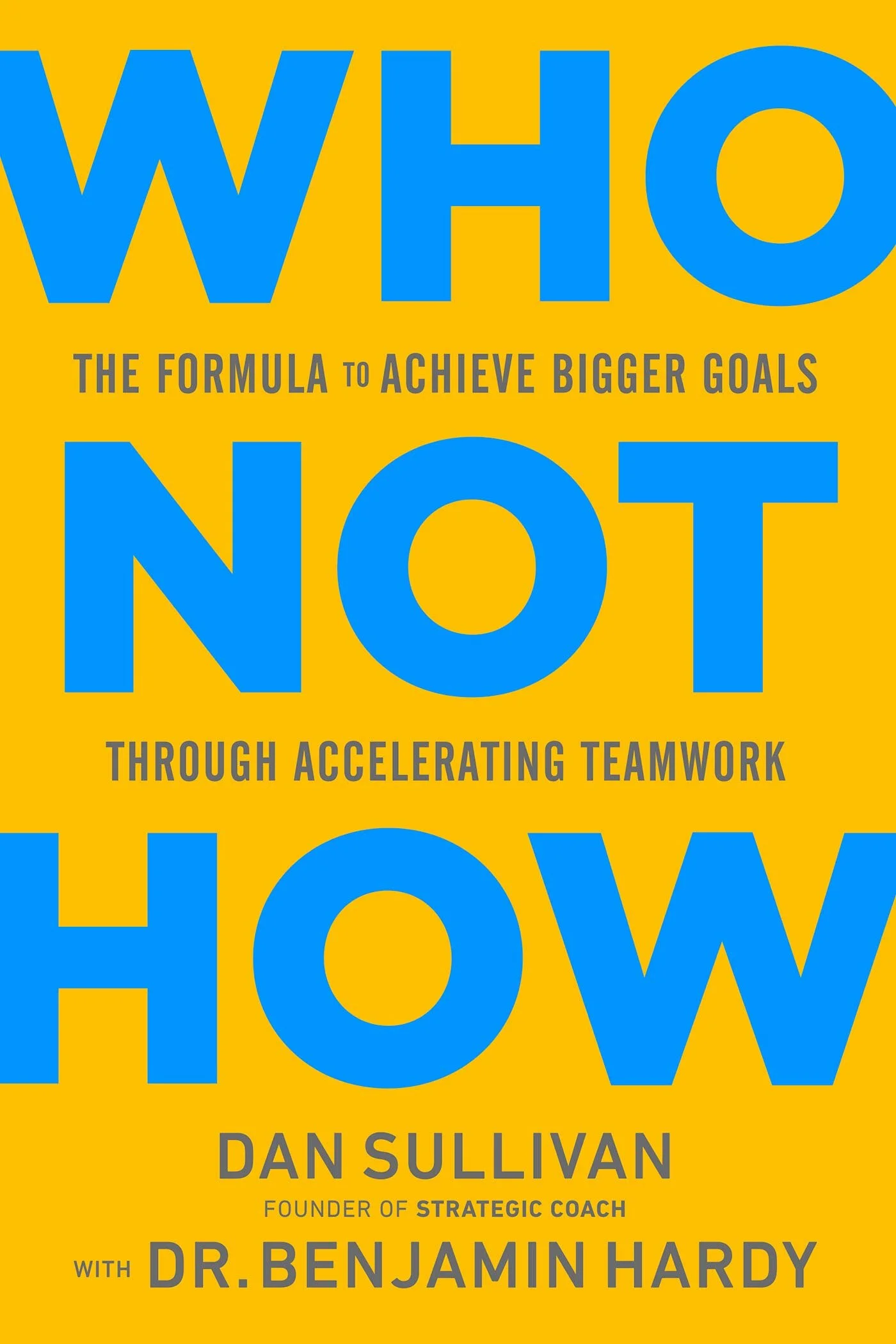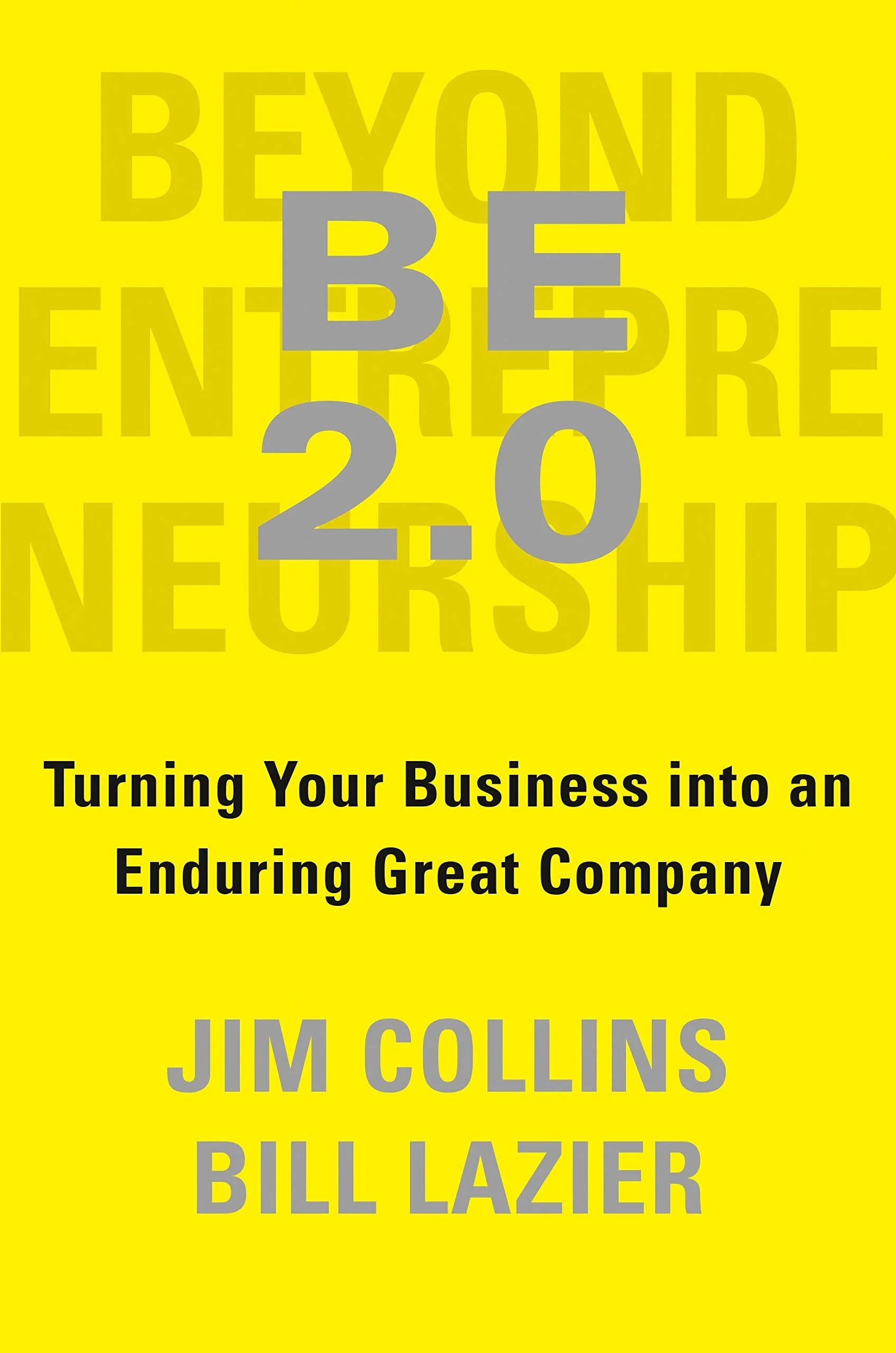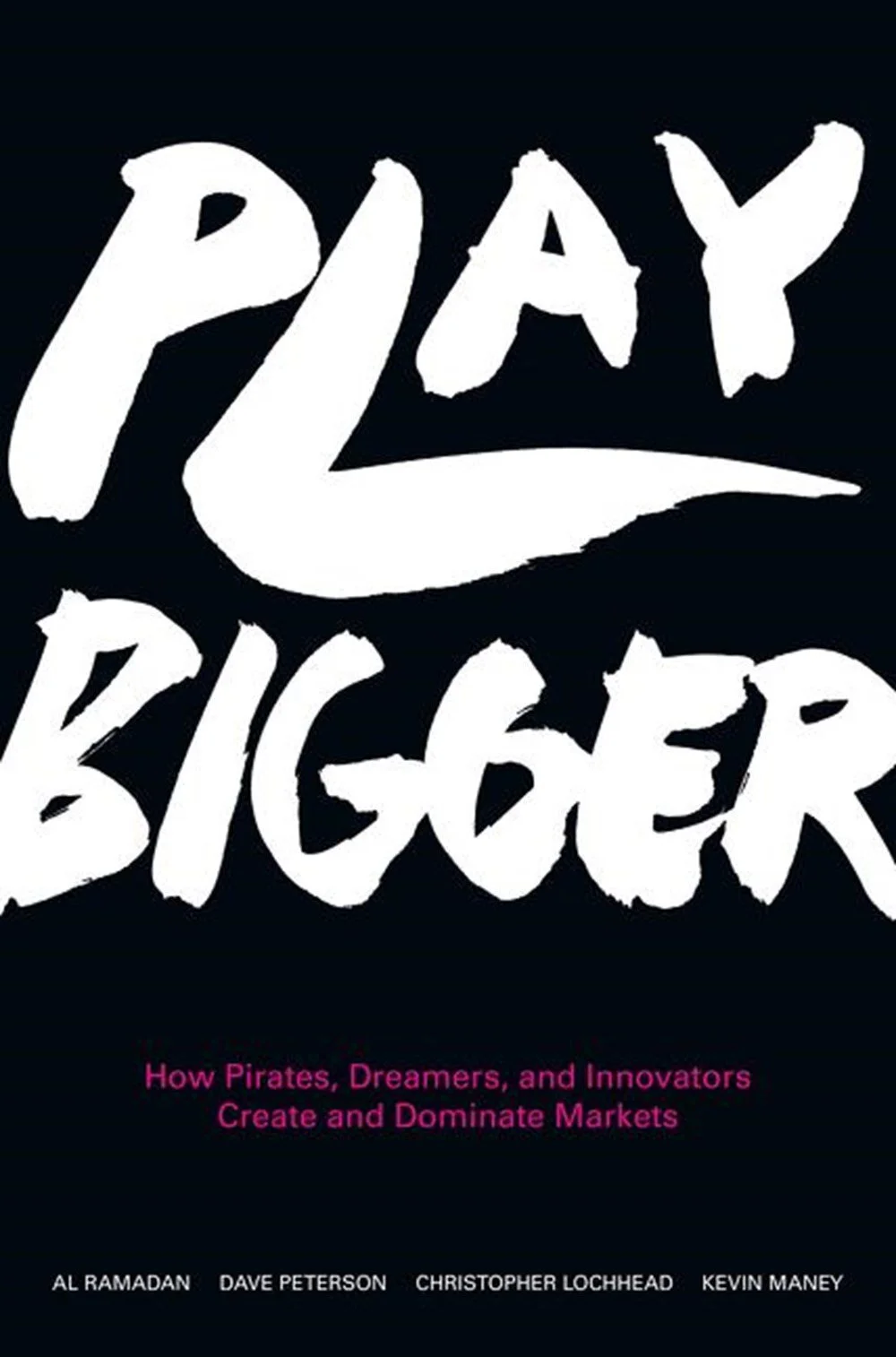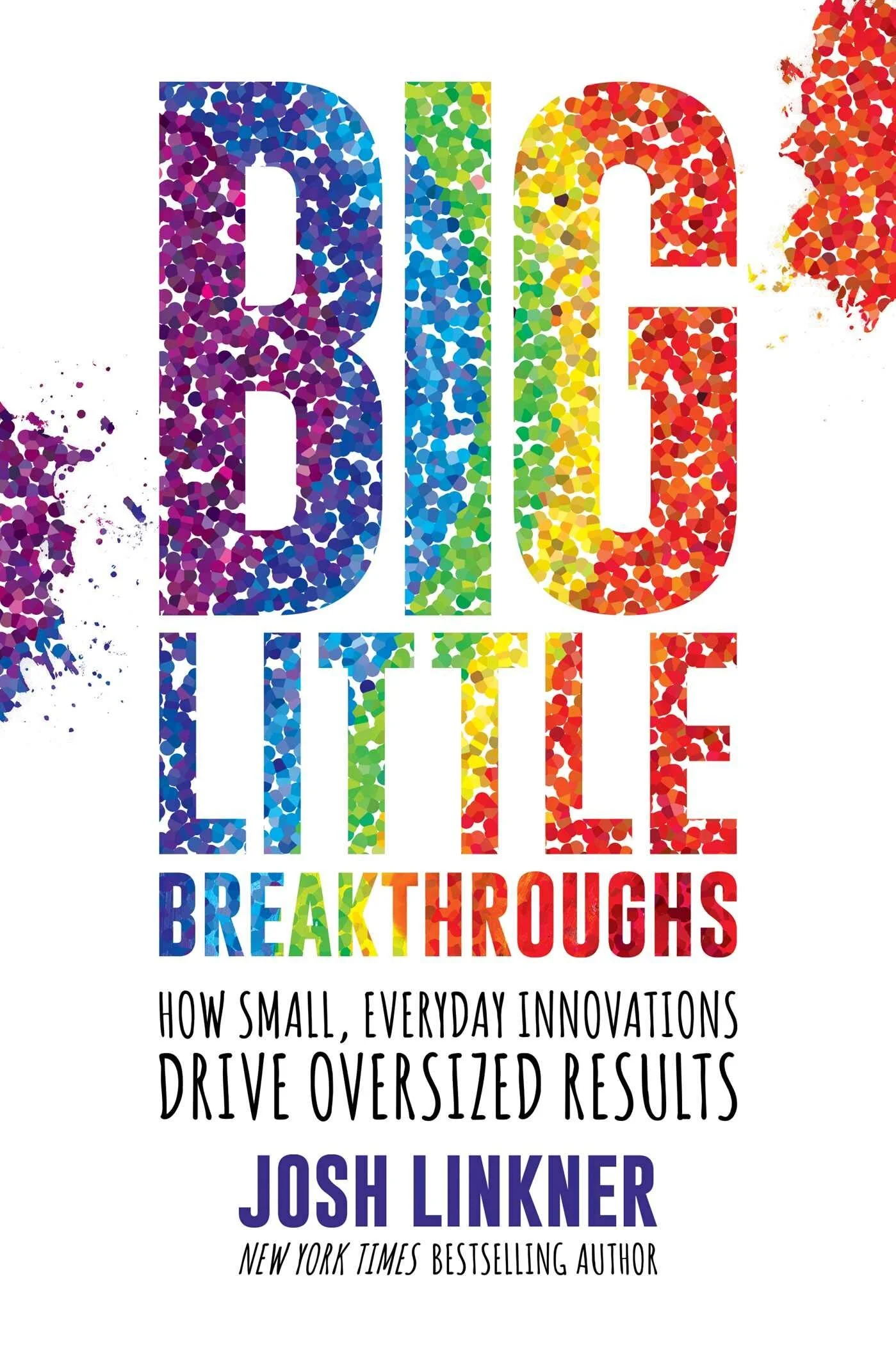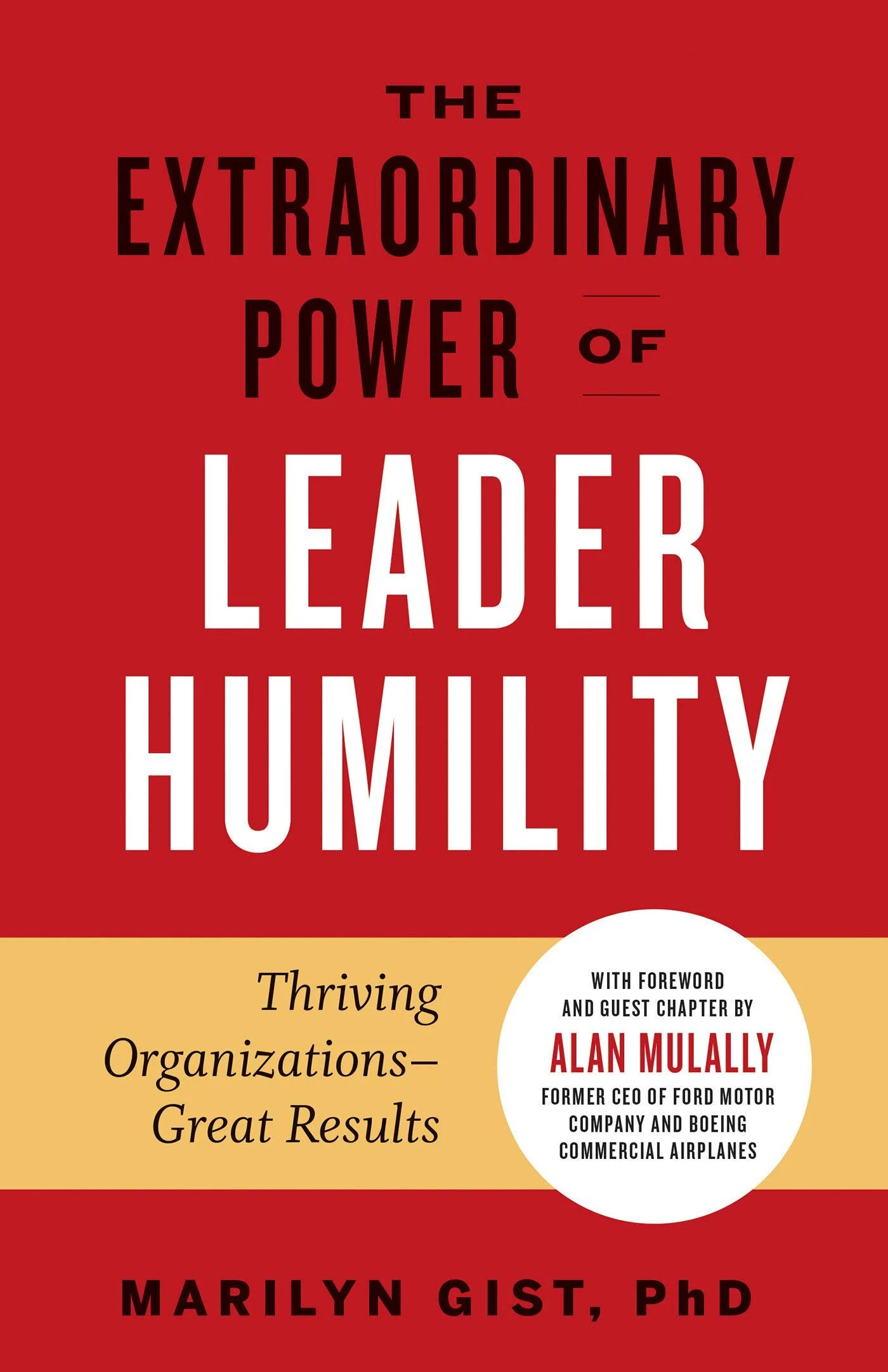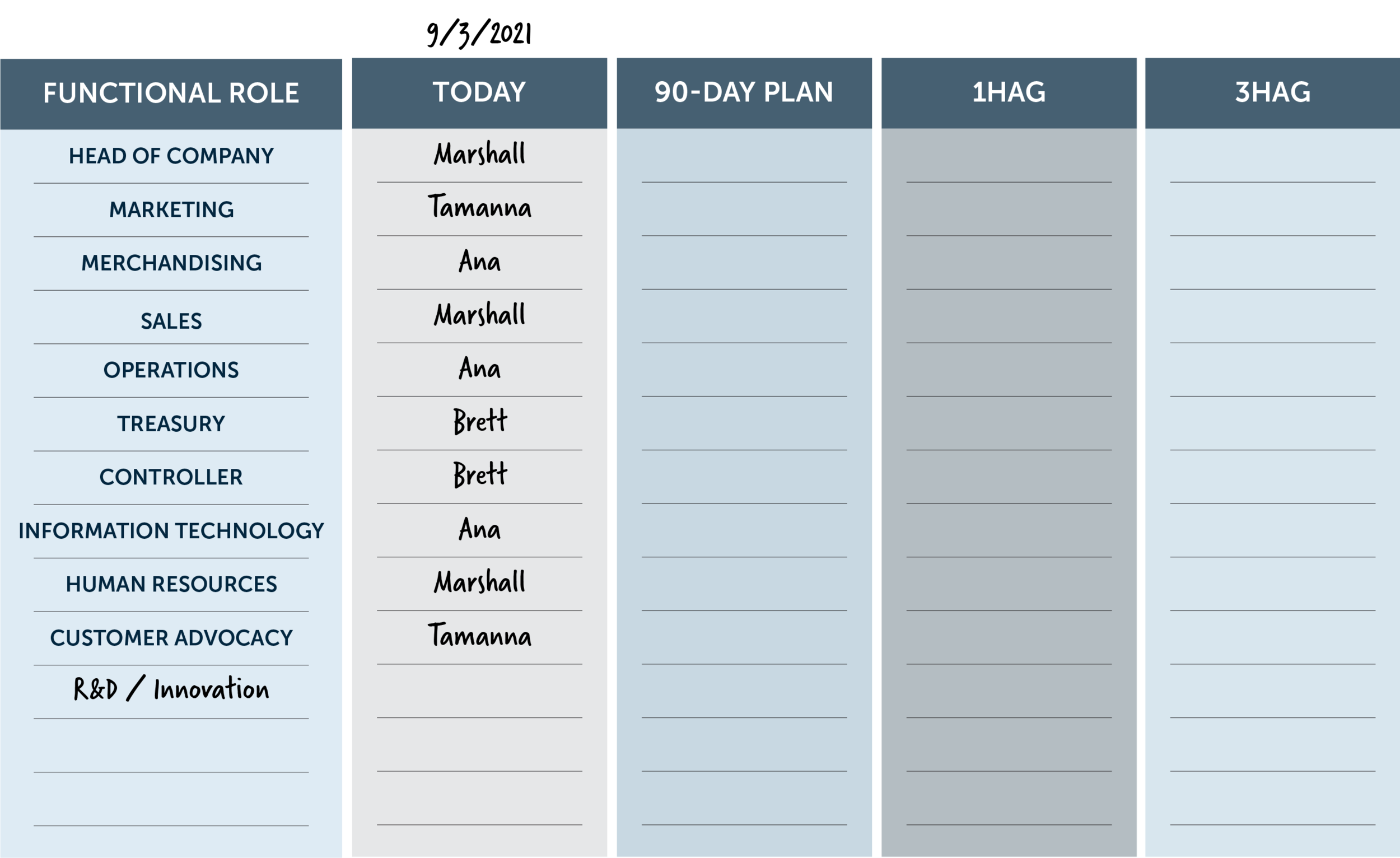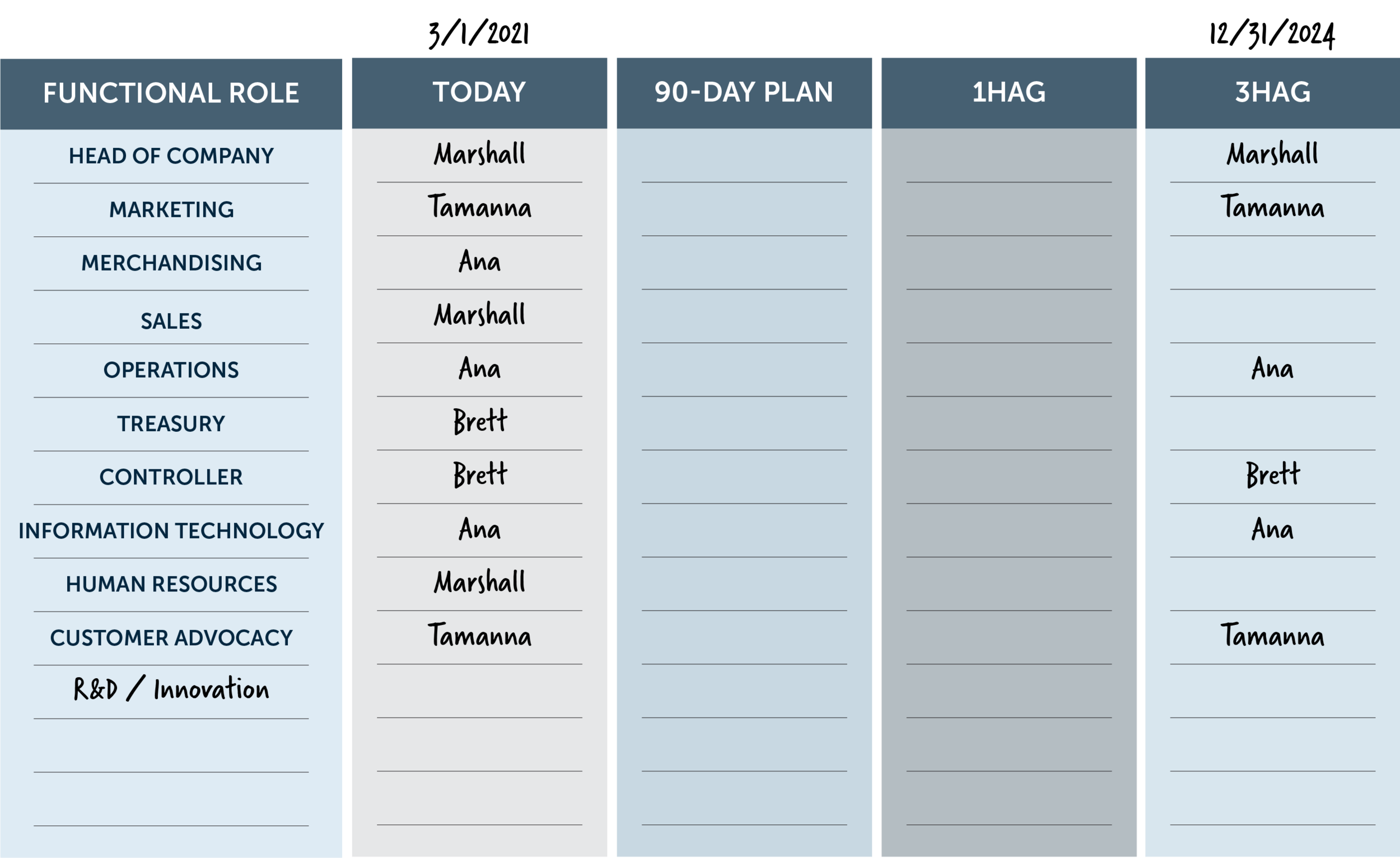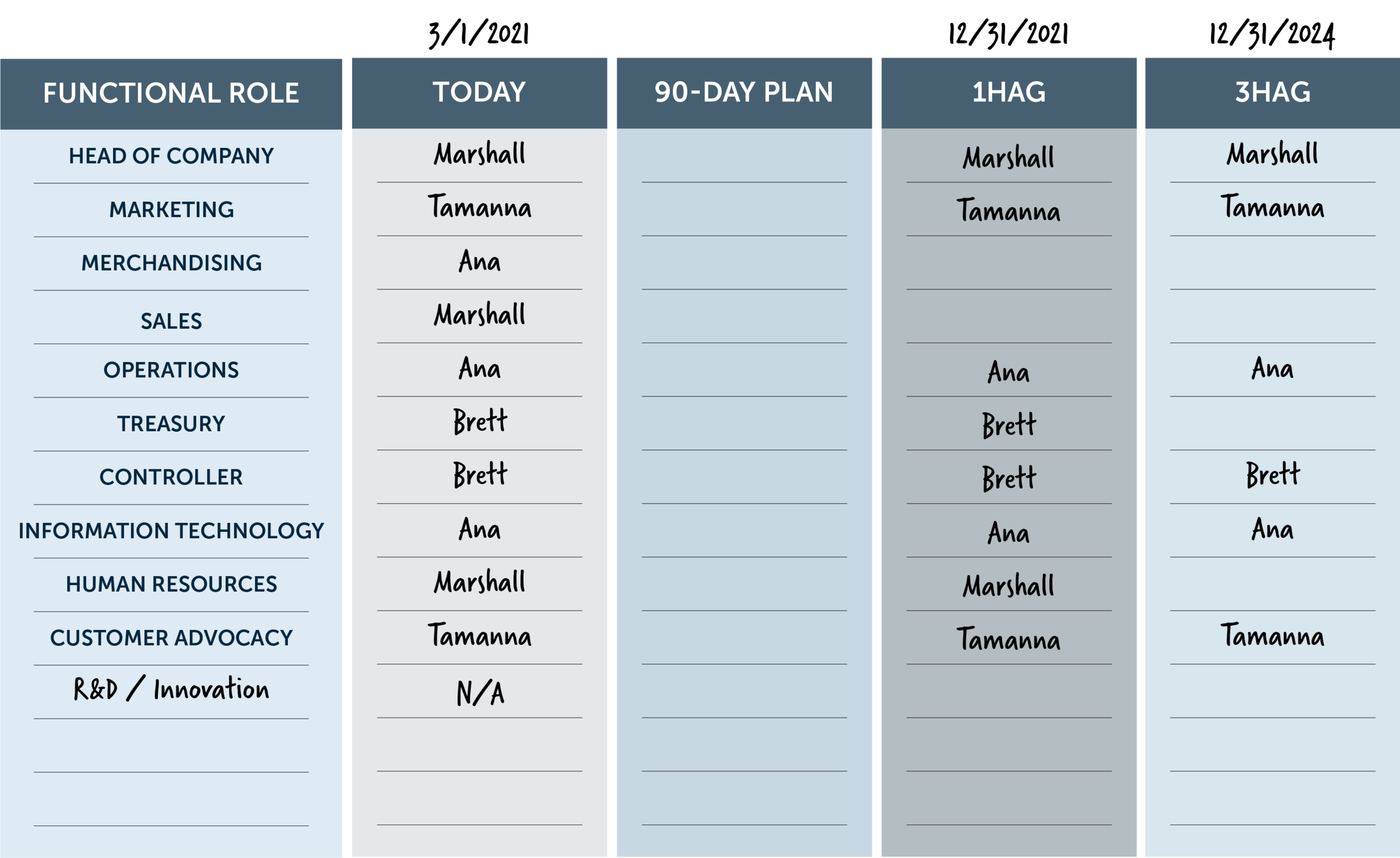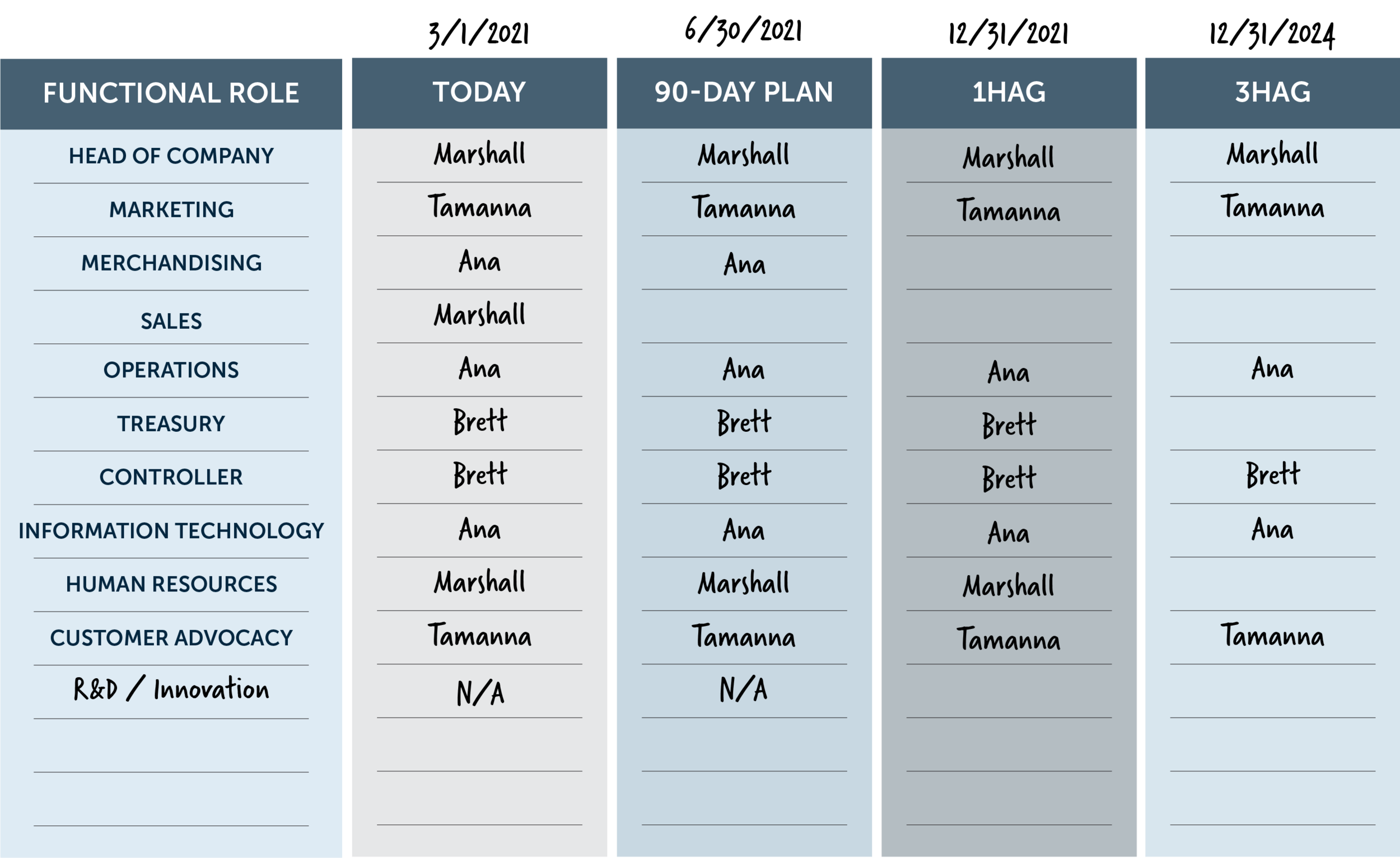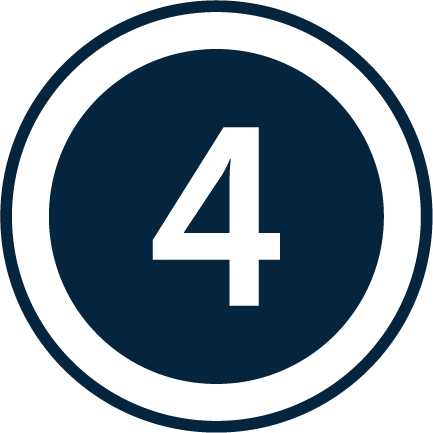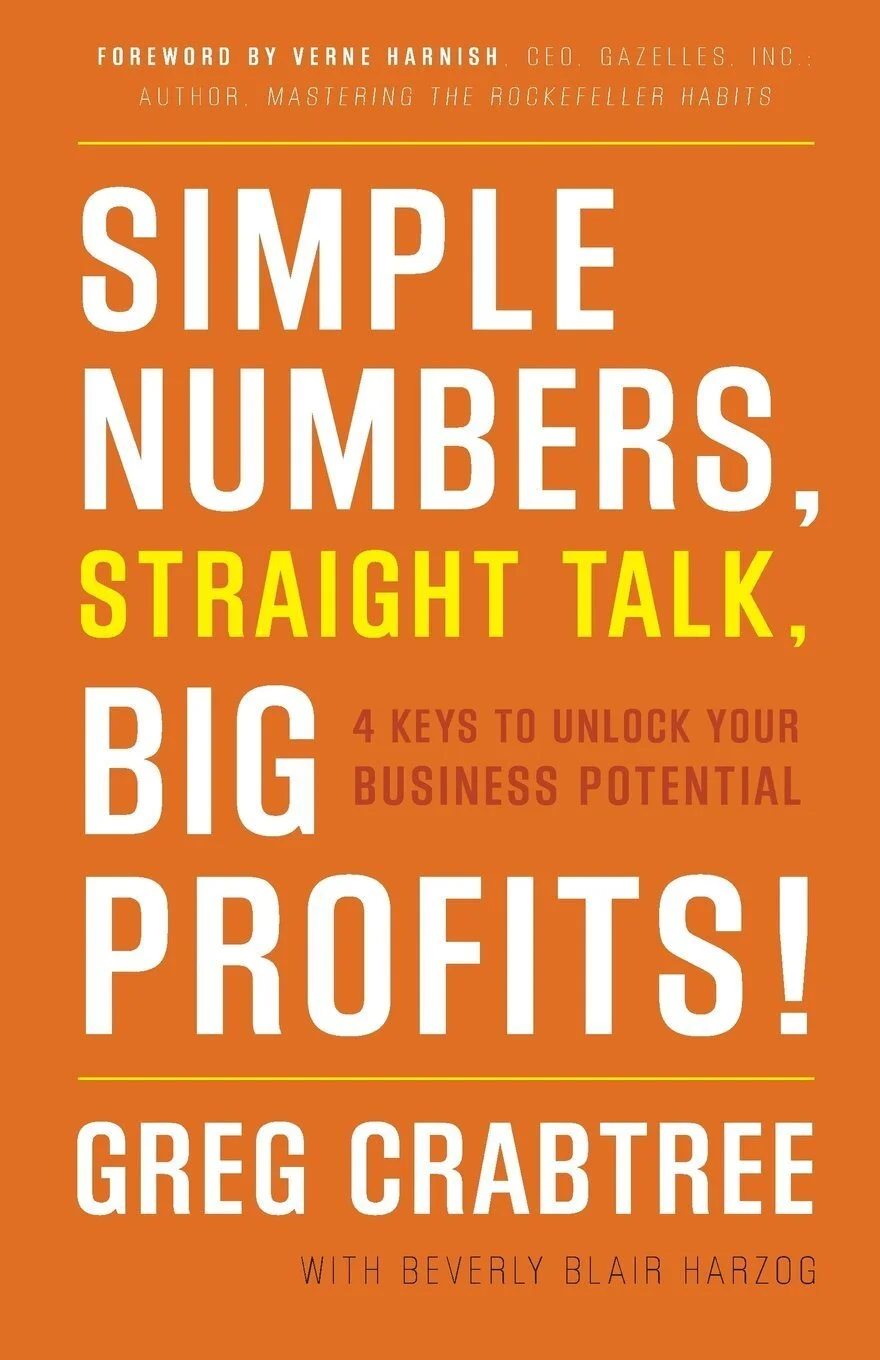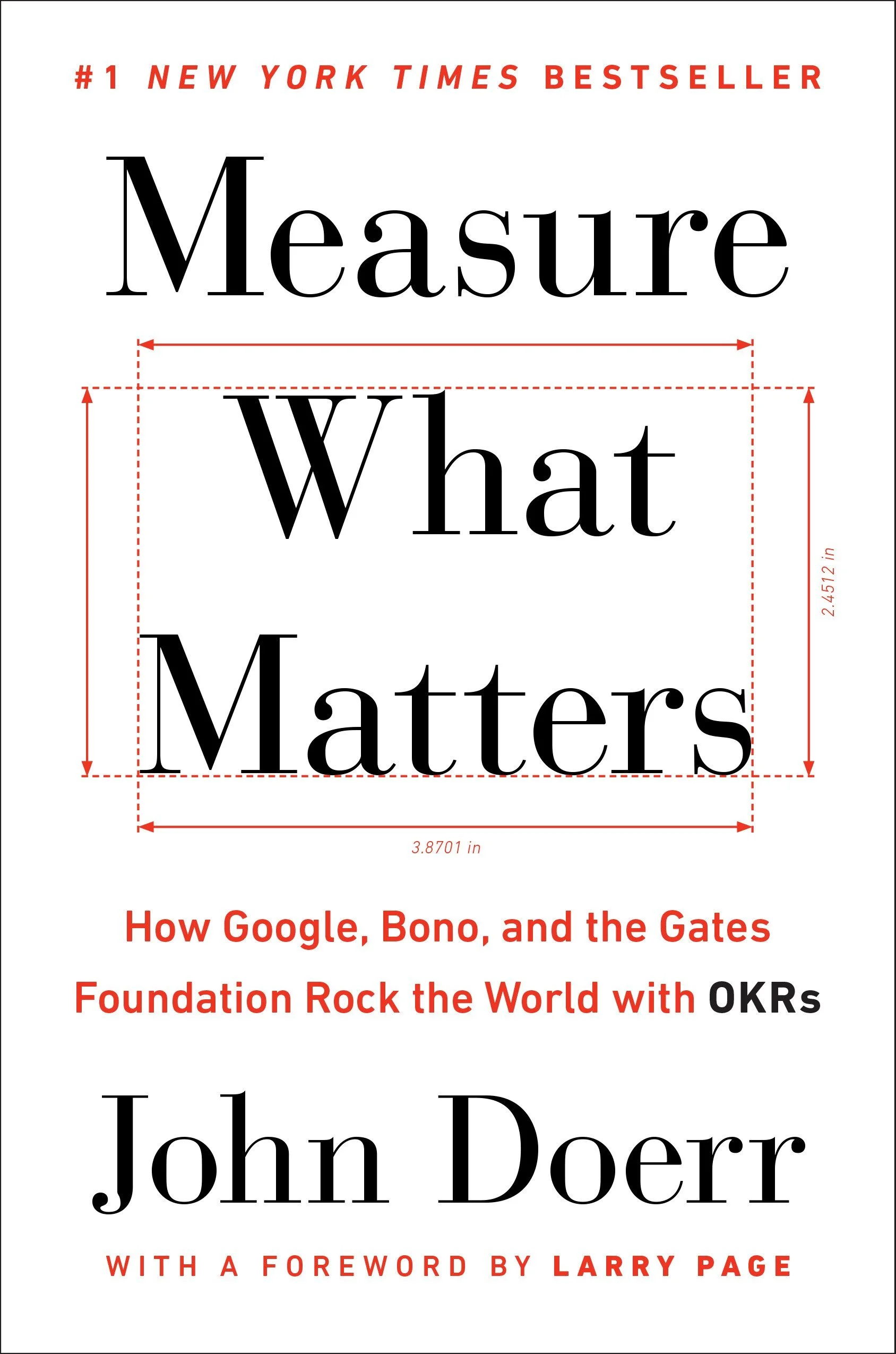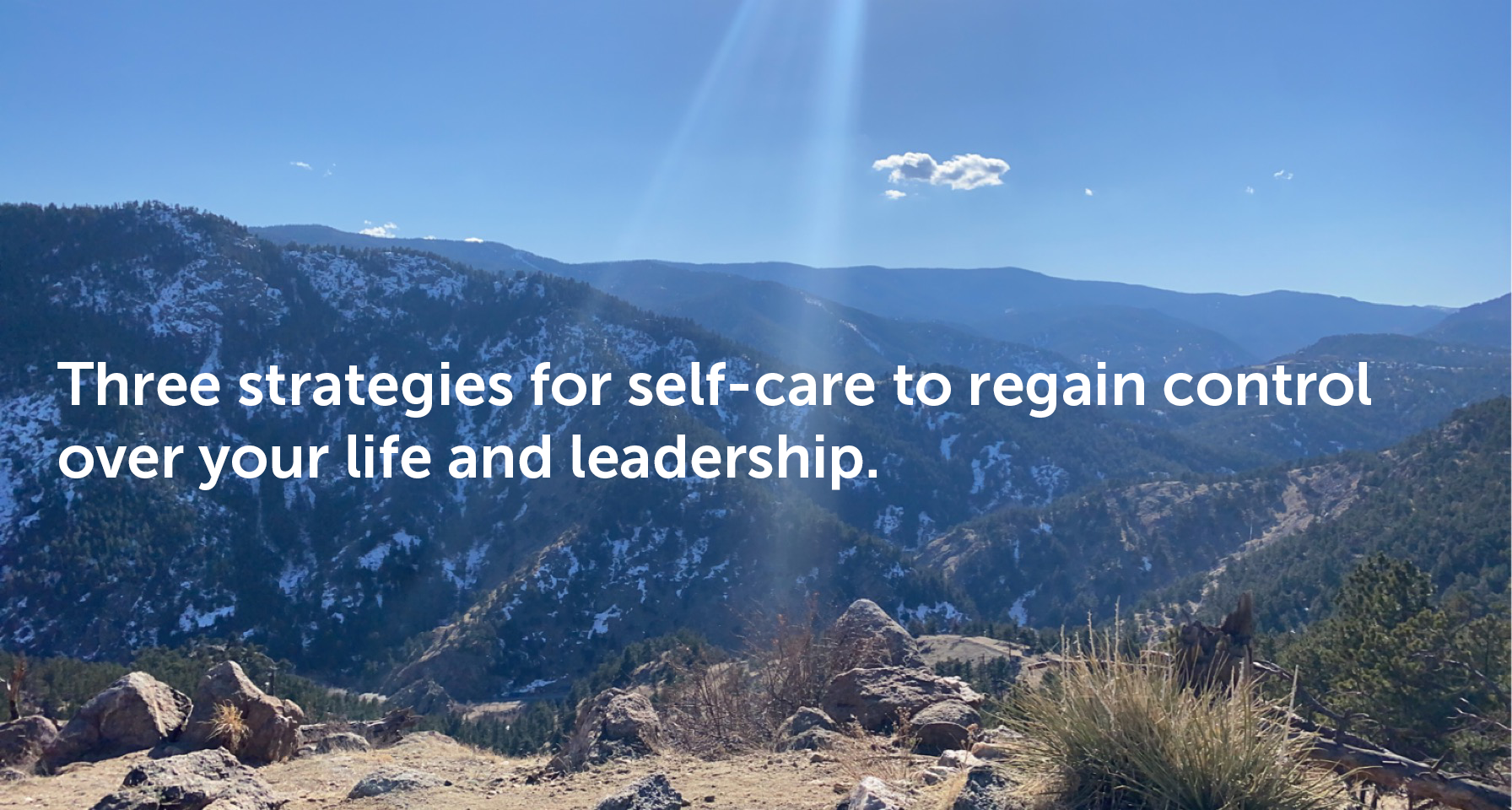As a part of our continued commitment to providing the best resources for leaders to better themselves and thrive, for our July Reading List, we recommend these books: Who Not How: The Formula to Achieve Bigger Goals by Dan Sullivan with Dr. Benjamin Hardy, and BE 2.0 (Beyond Entrepreneurship 2.0): Turning Your Business into an Enduring Great Company by Jim Collins.
Who Not How: The Formula to Achieve Bigger Goals - Dan Sullivan with Dr. Benjamin Hardy
The world's foremost entrepreneurial coach shows you how to make a mindset shift that opens the door to explosive growth and limitless possibility--in your business and your life.
Have you ever had a new idea or a goal that excites you... but not enough time to execute it? What about a goal you really want to accomplish...but can't because instead of taking action, you procrastinate? Do you feel like the only way things are going to get done is if you do them? But what if it wasn't that way? What if you had a team of people around you that helped you accomplish your goals (while you helped them accomplish theirs)?
When we want something done, we've been trained to ask ourselves: "How can I do this?" Well, there is a better question to ask. One that unlocks a whole new world of ease and accomplishment. Expert coach Dan Sullivan knows the question we should ask instead: "Who can do this for me?"
This may seem simple. And it is. But don't let the lack of complexity fool you. By mastering this question, you will quickly learn how billionaires and successful entrepreneurs like Dan build incredible businesses and personal freedom.
This book will teach you how to make this essential paradigm-shift so you can:
Build a successful business effectively while not killing yourself
Immediately free-up 1,000+ hours of work that you shouldn't be doing anyway
Bypass the typical scarcity and decline of aging and other societal norms
Increase your vision in all areas of life and build teams of WHOs to support you in that vision
Never be limited in your goals and ambitions again
Expand your abundance of wealth, innovation, relationships, and joy
Build a life where everything you do is your choice--how you spend your time, how much money you make, the quality of your relationships, and the type of work you do
Making this shift involves retraining your brain to stop limiting your potential based on what you solely can do and instead focus on the nearly infinite and endless connections between yourself and other people as well as the limitless transformation possible through those connections.
BE 2.0 (Beyond Entrepreneurship 2.0): Turning Your Business into an Enduring Great Company - Jim Collins
From Jim Collins, the most influential business thinker of our era, comes an ambitious upgrade of his classic, Beyond Entrepreneurship, that includes all-new findings and world-changing insights.
What's the roadmap to create a company that not only survives its infancy but thrives, changing the world for decades to come?
Nine years before the publication of his epochal bestseller Good to Great, Jim Collins and his mentor, Bill Lazier, answered this question in their bestselling book, Beyond Entrepreneurship.
Beyond Entrepreneurship left a definitive mark on the business community, influencing the young pioneers who were, at that time, creating the technology revolution that was birthing in Silicon Valley. Decades later, successive generations of entrepreneurs still turn to the strategies outlined in Beyond Entrepreneurship to answer the most pressing business questions.
BE 2.0 is a new and improved version of the book that Jim Collins and Bill Lazier wrote years ago. In BE 2.0, Jim Collins honors his mentor, Bill Lazier, who passed away in 2005, and reexamines the original text of Beyond Entrepreneurship with his 2020 perspective.
The book includes the original text of Beyond Entrepreneurship, as well as four new chapters and fifteen new essays. BE 2.0 pulls together the key concepts across Collins' thirty years of research into one integrated framework called The Map. The result is a singular reading experience, which presents a unified vision of company creation that will fascinate not only Jim's millions of dedicated readers worldwide, but also introduce a new generation to his remarkable work.
